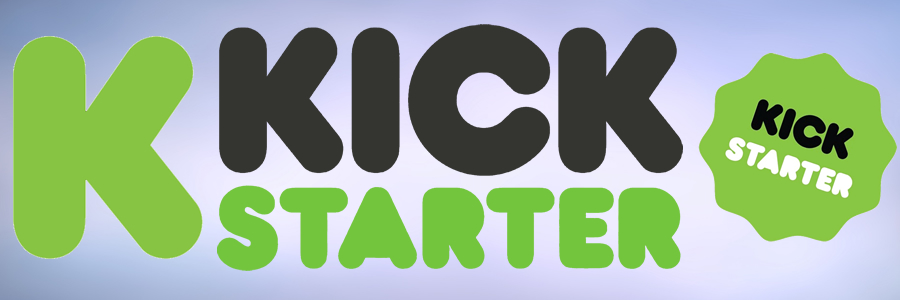In Feb 2012 a dock made for the iPhone designed by Casey Hopkins and became the first Kickstarter project to exceed one million dollars in pledges. A few hours later, a new adventure game project started by computer game developers, Double Fine Productions, reached the same figure, having been launched less than 24 hours earlier, and finished with over $3 million pledged.
Project creators have to list their projects into one of 13 categories and 36 subcategories. They are: Art, Comics, Dance, Design, Fashion, Film and Video, Food, Games, Music, Photography, Publishing, Technology and Theatre.
Of these categories, Film & Video and Music are the largest categories and have raised the most money. These categories, along with Games, account for over half the money raised. Video games and table top games alone account for more than $2 out of every $10 spent on Kickstarter.
To maintain its focus as a funding platform for creative projects, Kickstarter has outlined three guidelines for all project creators to follow: creators can fund projects only; projects must fit within one of the site’s 13 creative categories; and creators must abide by the site’s prohibited uses, which include charity and awareness campaigns.
Kickstarter has additional requirements for hardware and product design projects. These include:
· Banning the use of photorealistic renderings and simulations demonstrating a product
· Banning projects for genetically modified organisms.
· Limiting awards to single items or a “sensible set” of items relevant to the project (e.g., multiple light bulbs for a house)
· Requiring a physical prototype
· Requiring a manufacturing plan
The guidelines are designed to reinforce Kickstarter’s position that people are backing projects, not placing orders for a product. Sometimes this gets lost in the excitement.
To underscore the notion that Kickstarter is a place in which creators and audiences make things together, creators across all categories are asked to describe the risks and challenges a project faces in producing it. This is supposed to educate the public about the project goals and encourages contributions to the community.
Several creative works have gone on to receive critical acclaim and accolades after being funded on Kickstarter.
Others have resulted in total commercial failure.
The documentary “Sun Come Up” and documentary “Incident in New Baghdad” were each nominated for an Academy Award.
To date, one of the most successful projects has been the “Pebble Time” – An Awesome Smartwatch, which has been the most successful funded to date with $20,338,986 USD raised from 78,471 backers.
While the project with the most backers was a table-top game called Exploding Kittens with 219,382 backers, raising some $8,782,571 USD.
Both Kickstarter and project creators have cancelled projects that appeared to have been fraudulent.
Questions were raised about certain projects in internet communities related to the fields of the projects. The concerns raised were: apparent copying of graphics from other sources; unrealistic performance or price claims; and failure of project sponsors to deliver on prior Kickstarter projects.
A small list of cancelled projects includes:
Eye3: A camera drone helicopter for unrealistic performance promises, photos copied from other commercial products, and failure of creators to deliver on an earlier Kickstarter project.
Mythic: The Story of Gods and Men adventure game for copying graphics from other games and unrealistic performance promises; the creator had raised $4,739 on an $80,000 goal before cancelling the project
Tech-Sync Power System: for failing to provide photos of the prototype and sudden departure of project creator.
The Skarp Laser Razor: was cancelled in 2015 by Kickstarter. It had raised $4 million in pledges, but was cancelled after Kickstarter claimed that Skarp had failed to demonstrate a working prototype.
There have been various controversies, and patent disputes over various crowdfunded projects – but the role of crowdfunding platforms is still one of the greatest ways of entrepreneurs in raising fund to get their dreams off the ground.

